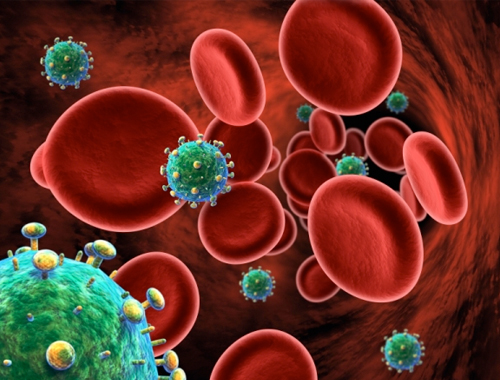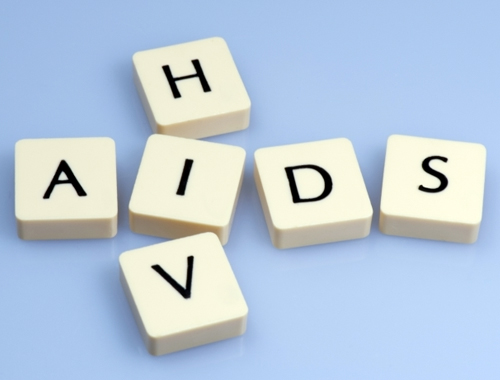Chapter 17. Major Sexually Transmitted Infections: Some Basics
17.1 Synopsis
Welcome
Major Sexually Transmitted Infections: Some Basics
This activity examines the causes, symptoms, and rates of several different types of sexually transmitted infections (STIs).
Click the 'Get Started' button below to start this activity

17.2 Major Sexually Transmitted Infections: Some Basics
Major Sexually Transmitted Infections: Some Basics
If left untreated, the sexually transmitted infections (STIs) described in the diagram below may lead to serious reproductive and other health problems, or even, as with HIV/AIDS and syphilis, to death. STIs can be avoided by consistently using condoms, having sex monogamously with an uninfected partner, or abstaining from sex—oral, anal, and genital.

17.3 Major Sexually Transmitted Infections: Some Basics
Learn More About Sexually Transmitted Infections (STIs)

Question 17.1 Rates of STIs among sexually active teenagers
SK7plwQLCRhlm7TntsWGBpnyURrho8dt/gS2GZtWBXGTV8hE+58yOuRlDBFHDGAWDBrm4mmxCJMVPxEcZViyqESC0kUP4FxhcwpfuSbuck/U6Z+2sQjCIVXGiDZvmWuvXyUOS1anM3uMlHa+YESBnK/d6yAv290JKHx2ynmeBgBvFw0lKYPWnsbttyjYZWZeoNoqKc/bhFhJOgGZnoiKv7HfRQiZ1Vgpz72KLjR5jjl5p3KJ6YOnhZOAJCxQu+1GOOdQQSFedNvXx3hKCFLJbse59Qrj+1pWiJzFZbXLVZsWOnt63TXAzejFBWtXW1of9QNzg3KKV64MsNgI8lgK3wqO8wXVrqloazxJ2O7MNyLOJx0pU6KHDAkcrvuzE8olG8tUQAxcC7G5KiBYew7DZ4kFTJGluBHWA+/bSjGSkWSoucr6Xw1NgPor2bZsi+K/aIfMynIjmi4ydxpXjUo6iGMFnpFsPGFaoVubznFVnod46RBd1fVzjiVlDQ9IqpDcEqb3veoGjuL301yebaUbnUkfSnXvjrIhGiwtlHe01YUKv6qyOliPSIglxQpR/vaF5DX6zx5qd4xZEPA9q/3kibPFOMWuRFw+z/kGefGvDEZF5aMLME4PML32/7fJ8pe0ey2nOzouodwmNN/zoC9ubeJOIASoA/zDgkRYH7gqR1Wlmvisu9LYRxwhkNaDL3eiwY3svQ7W80X7fZNB42LUTBeI1y4HLn+w17.4 Activity Completed!
Congratulations! You have completed this activity.
REFERENCES
Centers for Disease Control and Prevention. (2016b, October). Sexually transmitted disease surveillance 2015. Atlanta, GA: U.S. Department of Health and Human Services.
Centers for Disease Control and Prevention. (2018, October 15). Sexually transmitted disease surveillance 2017. https://www.cdc.gov/std/stats17/default.htm
Centers for Disease Control and Prevention. (2019, April 12). Statistics overview: HIV surveillance report. https://www.cdc.gov/hiv/statistics/overview/index.html
McQuillan, Geraldine; Kruszon-Moran, Deanna; Flagg, Elaine W. & Paulose-Ram, Ryne. (2018, February). Prevalence of herpes simplex virus type 1 and type 2 in persons aged 14–49: United States, 2015–2016. NCHS Data Brief, 304. Hyattsville, MD: National Center for Health Statistics.